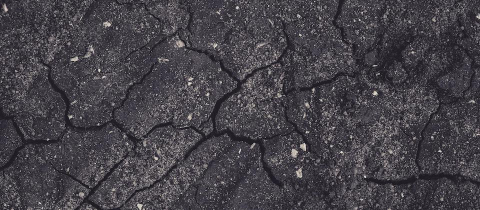This article was first published in The Montreal Gazette.
Complacency is how you snatch defeat from the jaws of victory. Complacency is why measles is resurgent. And complacency is why the Public Health Agency of Canada issued a warning to travellers about the growing threat of measles worldwide.
We eliminated measles from Canada in 1998 because of vaccination. The U.S. did the same two years later. When the single-dose vaccine was introduced here in 1963, cases fell off dramatically. But it took the introduction of a two-dose vaccine to get rid of measles completely. And while it was eliminated in Canada and the U.S., it was not eradicated globally and continues to actively circulate in other countries.
It is unlikely for a fully vaccinated person to catch measles. Vaccine efficacy is above 90 per cent and the elimination of measles following vaccinations proves that a population-wide rollout makes it essentially impossible for the virus to spread in that population.
When there are measles cases in this country, the infections usually happen in travellers abroad who bring the virus back with them. Occasionally, outbreaks do happen when the initial case spreads the virus to pockets of unvaccinated individuals. One such outbreak happened in Quebec in 2011.
Measles is so infectious that estimates predict we need around 95 per cent vaccination coverage to prevent local spread and a return of endemic measles.
In recent years, our vaccine coverage has been slipping. In 2021, 92 per cent of children under two years of age got at least one dose of the measles vaccine, but only 79 per cent of older children got the required two doses. Basically, we are falling short of our vaccination targets, which puts us at risk for measles outbreaks.
The situation is more dire now than in the recent past because the rest of the world is doing much worse. Globally measles cases are up 79 per cent from 2022 but in Europe cases have seen a 30-fold increase. In 2022, there were 941 measles cases in Europe. In 2023, there were over 30,000.
Closer to home, Florida is currently seeing an upswing in cases. Matters are made worse as that state’s surgeon general seems to be bucking public health policy and telling parents that it is up to them whether they should send their unvaccinated children to school amid the outbreak, which all but guarantees that cases will go up.
The only reason measles cases are going up is that vaccination rates are going down. The slowly slipping vaccination numbers here in Canada are being mirrored globally.
Some of that was pandemic-related disruption to vaccination campaigns, but some of it is also anti-vaccine sentiment. It’s also hard to convince people of the dangers of measles — ranging from pneumonia to brain inflammation — when many young people have never seen a case in their lives.
Hence the current travel warning from the Public Health Agency of Canada. Mitigating the spread of measles is important, and anyone infected should self isolate to avoid spreading the virus to others.
But prevention is by far easier and more effective than mitigation.
If you have two doses of the measles vaccine you are unlikely to catch measles even if you do travel to a current hot spot. If you are old enough to have had measles as a child, then you are probably OK as well. The worry is the unvaccinated and those who only got one dose.
If there is any doubt in your mind, it is worth digging up your vaccination records to confirm that you are fully vaccinated and immune. In cases of uncertainty, you can also measure antibody levels with a routine blood test at any testing centre if you need absolute confirmation.
This was rarely necessary for the general population before and usually only reserved for health-care workers and other high risk groups. But given the current global situation, it might be worth double checking before you plan your trip for March break. You might come back with more than a tan.







